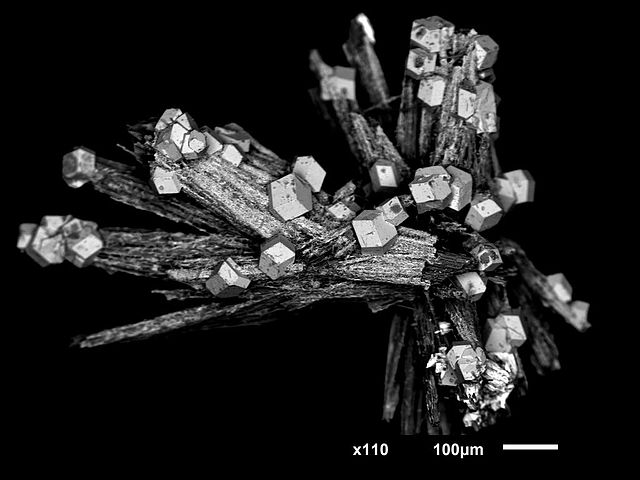Colloqium #29
20 July 2024


Description
Crystallography is by far the most widely used method for structural elucidation on the atomic level with about 50.000 new database entries every year. Structures include inorganic solid-state materials, such as natural minerals (e.g. quarz and diamond) and functional materials (e.g. used in semi-conductors and power electronics), as well as molecular structures, such as natural compounds (e.g. proteins and DNA) and synthesized molecules (e.g. pharmaceutical drugs). Accordingly, the method is equally relevant to understand the fabric of naturally formed structures and to prove the composition of artificially designed systems in science, technology and medicine. Of the diverse variants, X-ray diffraction (XRD) is by far the most commonly used technique within the field of crystallography; XRD itself is divided into single-crystal (sc-XRD) and powder (p-XRD) diffraction; the presentation will largely focus on sc-XRD.
By definition, crystals – the formation of which is a prerequisite for the application of crystallography – are pieces of matter of basically any size (typically from nanometers to meters) which exhibit a periodical atom-atom arrangement, strictly discriminating them from amorphous or glass-like states. The intrinsic beauty of crystals and of the crystallography method stems from the fact that the symmetry elements manifested within the atomic level are reflected both in the shapes of the macroscopic crystals as well as in the diffraction patterns used for structural elucidation. As an example, the cubic-shaped mineral pyrite (“fools gold” or “Katzengold”) belongs to the symmetry-subclass of cubic “space groups” on the atomic level, and consequently, also the XRD patterns show cubic symmetry. However, disregarding very simple cases with high crystal symmetries, extracting the three-dimensional atom-atom arrangement (the “structure”) from diffraction patterns is a mathematically complex and thus time-demanding task, which delayed serial use of the method for more than 50 years until modern computers became available in scientific research – as “solving a structure” easily took several months in the 50th-70th of the 20th century, whereas modern computer-aided diffractometer systems can provide even complex structures within 15-30 min.
The importance of crystallography is not only reflected by the large number of associated Nobel Prizes: In 2012, the United Nations General Assembly declared 2014 the International Year of Crystallography.
Speakers

Stefan Mebs: Chemistry studies in Frankfurt am Main and Berlin PhD 2009 in the chemistry department at FU-Berlin (X-ray diffraction/crystallography) Currently postdoc in the (bio)physics department at FU-Berlin (X-ray spectroscopy and computational chemistry) Research focus is the structural elucidation (molecules, amorphous and ordered solids) of catalyst materials and proteins using experimental and theoretical methods.
Typical publications:
- S. Mebs, Chem.Phys.Chem. 2023, 24, e2022006 In Silico Partial N2 to NH3 Conversion with a Light Atom Molecule
- S. Mebs*, B. Braun, R. Kositzki, Ch. Limberg, M. Haumann*, Inorg. Chem. 2015, 54, 24, 11606–11624 Abrupt versus Gradual Spin-Crossover in FeII(phen)2(NCS)2 and FeIII(dedtc)3 Compared by X-ray Absorption and Emission Spectroscopy and Quantum-Chemical Calculations
- S. Mebs, J. Henn, B. Dittrich, C. Paulmann, P. Luger*, J. Phys. Chem. A 2009, 113, 29, 8366-8378 Electron Densities of three B12-Vitamins